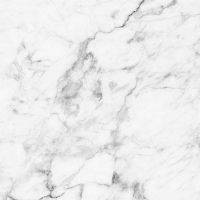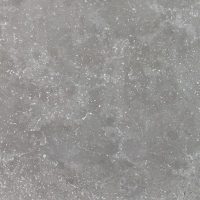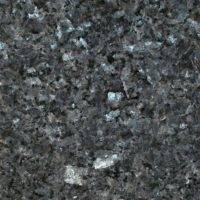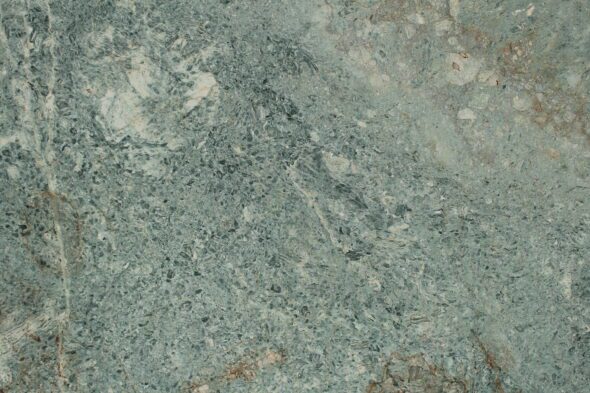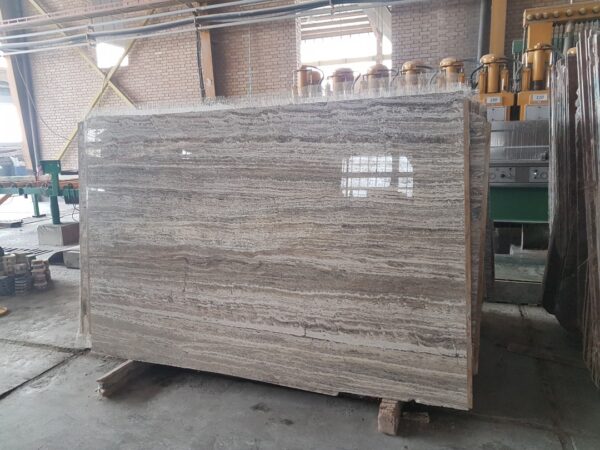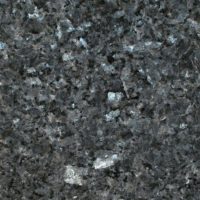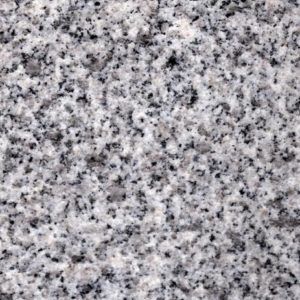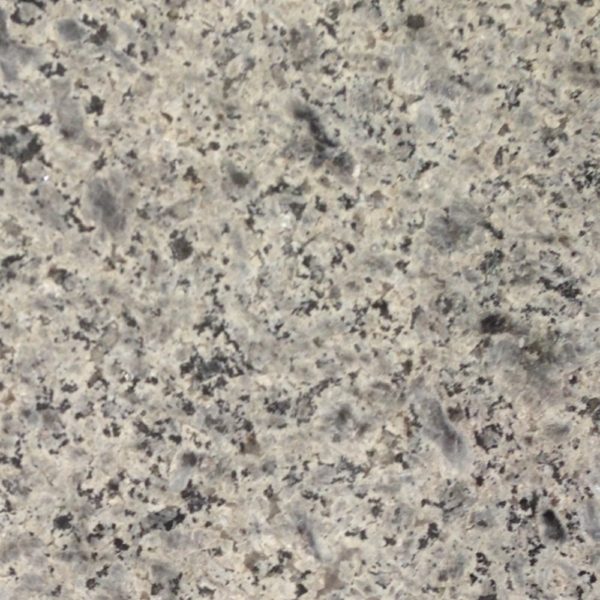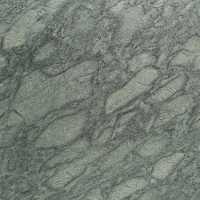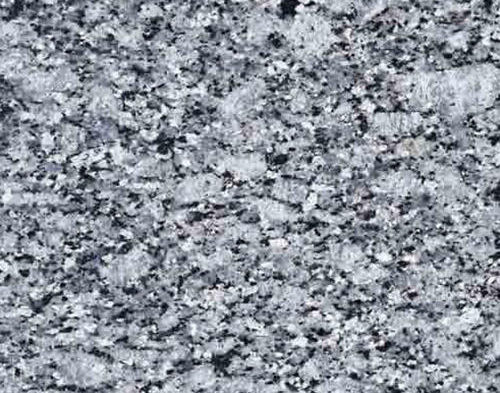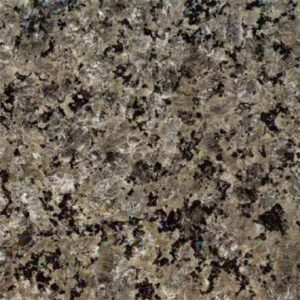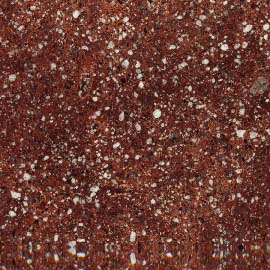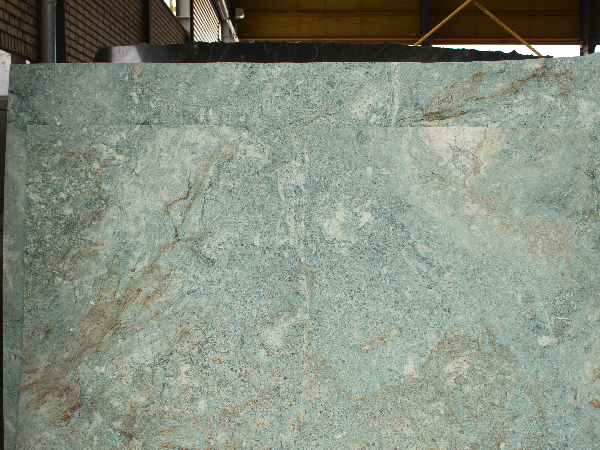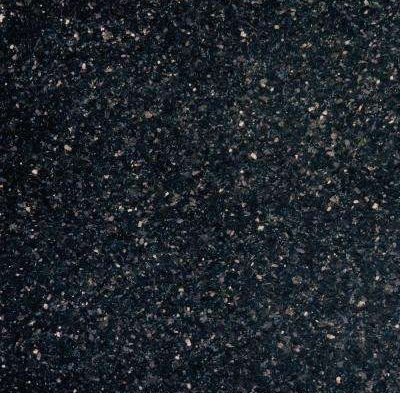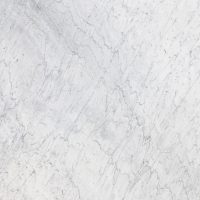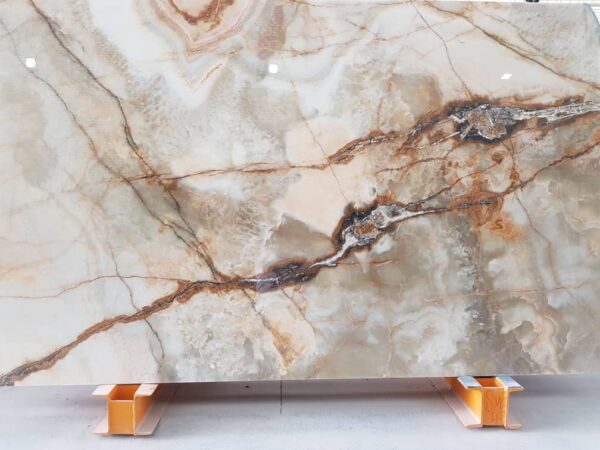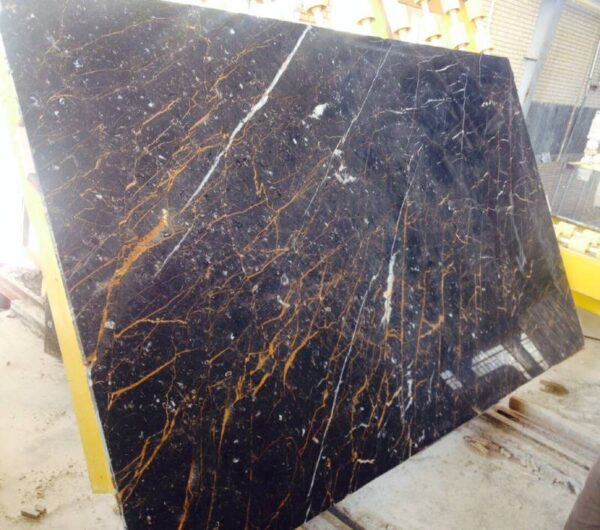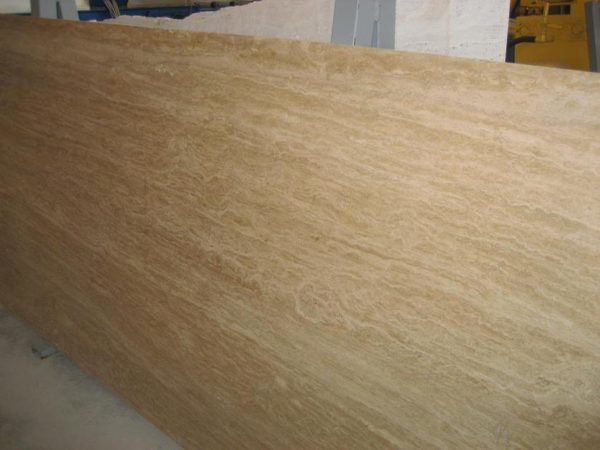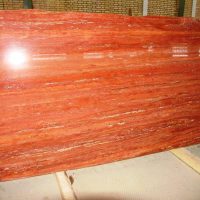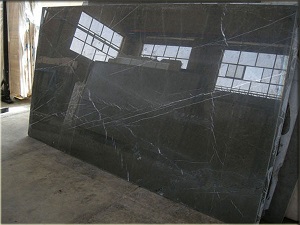Which is Best for Your Project?
When it comes to choosing the right material for your construction or renovation project, deciding between slabs and tiles is a common dilemma. Both offer unique benefits, but understanding their differences can help you make an informed decision. In this article, we’ll compare slabs and tiles to help you choose the best option for your flooring, countertops, or wall applications. Slabs vs. Tiles


1. What Are Slabs and Tiles?
Before diving into the advantages and disadvantages of slabs vs. tiles, it’s important to understand what each option is.
Slabs:
Slabs are large, continuous pieces of natural or engineered stone. They are typically used for countertops, flooring, and walls. Slabs are usually available in full-size formats and are cut from larger blocks of stone, offering a seamless look with minimal joints.
Tiles:
Tiles, on the other hand, are smaller, pre-cut pieces of stone, ceramic, porcelain, or other materials. They come in various sizes, patterns, and finishes, and are generally used for flooring, backsplashes, and wall coverings. Tiles require grout to connect them, which results in visible lines between each piece.
2. Key Differences Between Slabs and Tiles
Understanding the key differences between slabs and tiles can help you determine which is the best choice for your needs.
Seamlessness vs. Patterns:
- Slabs: A major advantage of slabs is the seamless look they provide. With minimal joints, slabs create a uniform surface that is highly valued for countertops and large floors.
- Tiles: Tiles offer more flexibility in terms of design and patterns. You can create intricate designs using various tile sizes, shapes, and colors. However, the grout lines between tiles may break the flow of the surface.
Durability and Maintenance:
- Slabs: Because slabs are large, they often require less maintenance when compared to tiled surfaces. The lack of grout means there’s less chance for dirt and moisture to accumulate, which is especially beneficial for kitchen countertops and bathrooms.
- Tiles: Tiles, especially those with grout lines, may require more maintenance. Grout can stain or collect moisture, requiring periodic cleaning and sealing. However, tiles are often easier to replace if one becomes damaged.
Installation:
- Slabs: Installing slabs is typically a more complicated and time-consuming process. Slab installation requires specialized tools and expertise due to the weight and size of the material. This can also increase the cost of installation.
- Tiles: Tiles are easier to install, especially for DIY projects. They are more lightweight and flexible, making them easier to transport and cut. Tiling is often a quicker and more affordable option for smaller spaces.
3. Which is Better for Your Project?
Choosing between slabs and tiles depends on the specific needs of your project. Here are some considerations to help guide your decision:
Use Slabs If:
- You want a seamless, continuous surface without visible joints.
- You’re designing large surfaces like countertops or floors that benefit from the uniformity of a slab.
- Durability and low maintenance are key priorities.
Use Tiles If:
- You need a flexible design with multiple colors, patterns, and textures.
- You’re working with a smaller space and prefer the flexibility of smaller pieces.
- You are on a budget and want an easier installation process.

